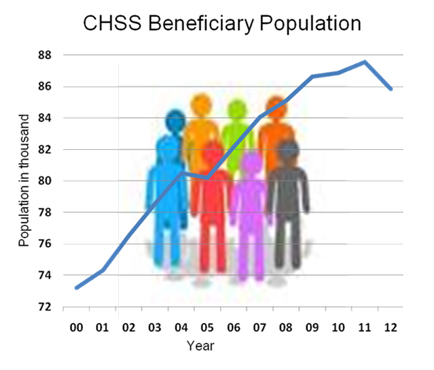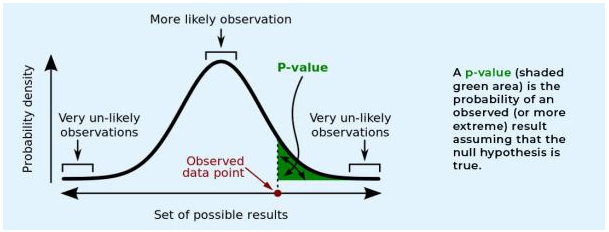What is Medical Statistics?
The study of human health and disease is known as Medical Statistics. Its applications include health promotion, public health, biomedical laboratory research, forensic medicine, epidemiology, clinical research, medicine, and clinical medicine. Medical workers and researchers must be statistically literate.

What is the Importance of Statistics in Medical Research and Communication?
Statistics’ role in research is to serve as a tool for planning study, analyzing data, and deriving conclusions. Most research investigations generate a huge amount of raw data, which must be reduced to a manageable size to be read and used for future analysis. Any researcher cannot disregard the science of statistics, even if he may not have the opportunity to employ statistical procedures in all of their ramifications.
Statistical approaches are used to account for the sources of variability in patients’ treatment responses. In clinical trials, applying statistical information allows the clinical researcher to make fair and correct inferences from acquired data and smart decisions in the face of ambiguity. In medical research, statistics are critical in preventing errors and biases.
What is the role of a Medical Statistician?
When it comes to designing a clinical study, the Medical Statistician has a lot of responsibilities. They should do the following:
- Calculate the sample size
- Understand the Randomized Clinical Research Methods
- Analyze the results
- Proper communication skills
What is the Classification of Data?
Data is divided into two types: Categorical Data & Quantitative Data.
Categorical Data
Categorical Data use category or label values to sort people into different groups. Each observation can only be assigned to one of the categories, which are mutually exclusive.
What are the types of Categorical Data?
- Nominal Data
Nominal data label variables but does not have a numerical value. Nominal data can’t be sorted or measured in any way. However, nominal data can be both qualitative and quantitative at times. E.g., Gender, Symbol
- Ordinal data
Ordinal data is data that has a natural order to it. It’s frequently used in polls and economics. Tables may represent data in some cases, with each row indicating a distinct category.
Quantitative Data
Quantitative Data is numerical values that represent a measurement. E.g., height, weight.
Understanding Descriptive Statistics
Descriptive Statistics characterize the fundamental characteristics of a study’s data. They give quick summaries of the sample and the metrics. They are the foundation of practically every quantitative Data Analysis and simple Graphical Analysis. The measures of central tendency (mean, median, and mode) are the most prevalent types of descriptive statistics. They are used in most math, research, evidence-based practice, and quality improvement. These measures describe the core region of a data set’s frequency distribution. The most well-known of these is the mean, used and understood by most people. It’s calculated by multiplying the total number of observations by the sum of the data values.
Conclusion
Medical communicators must learn to communicate the most widely used statistical processes, tests, and conclusions to their audience clearly and intelligibly. When all readers understand the significance of the data and images, they will better understand the findings of medical studies and clinical trials, and a healthier world will be achievable.


